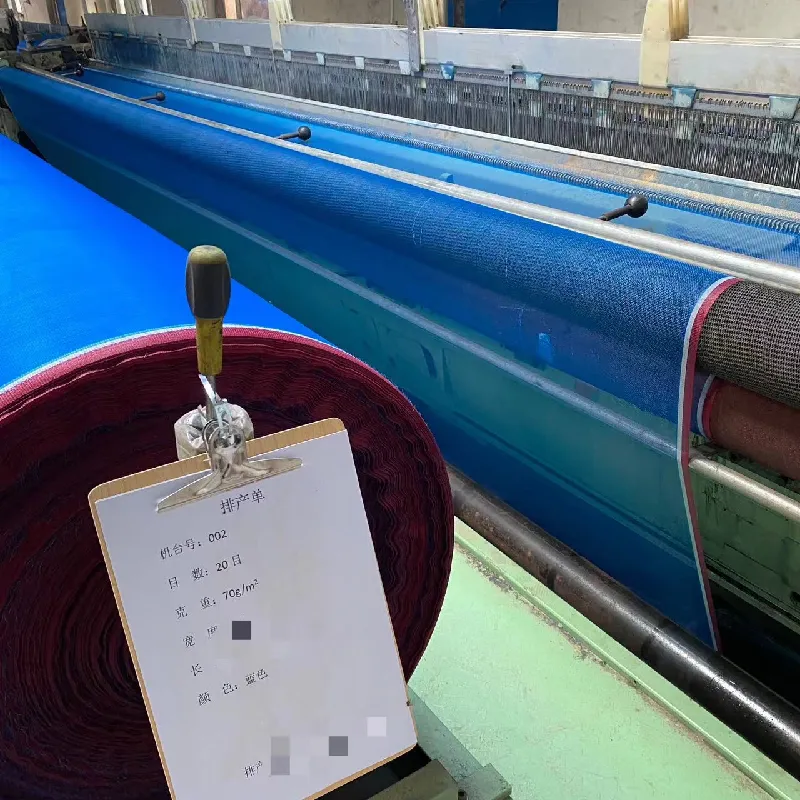-
 Afrikaans
Afrikaans -
 Albanian
Albanian -
 Amharic
Amharic -
 Arabic
Arabic -
 Armenian
Armenian -
 Azerbaijani
Azerbaijani -
 Basque
Basque -
 Belarusian
Belarusian -
 Bengali
Bengali -
 Bosnian
Bosnian -
 Bulgarian
Bulgarian -
 Catalan
Catalan -
 Cebuano
Cebuano -
 China
China -
 Corsican
Corsican -
 Croatian
Croatian -
 Czech
Czech -
 Danish
Danish -
 Dutch
Dutch -
 English
English -
 Esperanto
Esperanto -
 Estonian
Estonian -
 Finnish
Finnish -
 French
French -
 Frisian
Frisian -
 Galician
Galician -
 Georgian
Georgian -
 German
German -
 Greek
Greek -
 Gujarati
Gujarati -
 Haitian Creole
Haitian Creole -
 hausa
hausa -
 hawaiian
hawaiian -
 Hebrew
Hebrew -
 Hindi
Hindi -
 Miao
Miao -
 Hungarian
Hungarian -
 Icelandic
Icelandic -
 igbo
igbo -
 Indonesian
Indonesian -
 irish
irish -
 Italian
Italian -
 Japanese
Japanese -
 Javanese
Javanese -
 Kannada
Kannada -
 kazakh
kazakh -
 Khmer
Khmer -
 Rwandese
Rwandese -
 Korean
Korean -
 Kurdish
Kurdish -
 Kyrgyz
Kyrgyz -
 Lao
Lao -
 Latin
Latin -
 Latvian
Latvian -
 Lithuanian
Lithuanian -
 Luxembourgish
Luxembourgish -
 Macedonian
Macedonian -
 Malgashi
Malgashi -
 Malay
Malay -
 Malayalam
Malayalam -
 Maltese
Maltese -
 Maori
Maori -
 Marathi
Marathi -
 Mongolian
Mongolian -
 Myanmar
Myanmar -
 Nepali
Nepali -
 Norwegian
Norwegian -
 Norwegian
Norwegian -
 Occitan
Occitan -
 Pashto
Pashto -
 Persian
Persian -
 Polish
Polish -
 Portuguese
Portuguese -
 Punjabi
Punjabi -
 Romanian
Romanian -
 Russian
Russian -
 Samoan
Samoan -
 Scottish Gaelic
Scottish Gaelic -
 Serbian
Serbian -
 Sesotho
Sesotho -
 Shona
Shona -
 Sindhi
Sindhi -
 Sinhala
Sinhala -
 Slovak
Slovak -
 Slovenian
Slovenian -
 Somali
Somali -
 Spanish
Spanish -
 Sundanese
Sundanese -
 Swahili
Swahili -
 Swedish
Swedish -
 Tagalog
Tagalog -
 Tajik
Tajik -
 Tamil
Tamil -
 Tatar
Tatar -
 Telugu
Telugu -
 Thai
Thai -
 Turkish
Turkish -
 Turkmen
Turkmen -
 Ukrainian
Ukrainian -
 Urdu
Urdu -
 Uighur
Uighur -
 Uzbek
Uzbek -
 Vietnamese
Vietnamese -
 Welsh
Welsh -
 Bantu
Bantu -
 Yiddish
Yiddish -
 Yoruba
Yoruba -
 Zulu
Zulu
aviary netting
The Importance of Aviary Netting in Bird Conservation
Aviary netting serves as a crucial tool in the conservation and protection of various bird species around the globe. As the world continues to grapple with the consequences of habitat loss, urbanization, and climate change, the need for effective protective measures has never been more pressing. This article delves into the significance of aviary netting, its applications, advantages, and the role it plays in fostering biodiversity.
Aviary netting refers to a specialized type of netting used in the creation of aviaries, which are enclosures designed to house birds in a safe and controlled environment. These nets are made from durable materials like nylon, polyethylene, or wire mesh, and they come in various sizes and strengths to accommodate different bird species and their specific needs. The primary function of aviary netting is to prevent birds from escaping their enclosures, while also offering protection from predators such as cats, raccoons, and birds of prey.
One of the most significant benefits of aviary netting is its role in rescuing and rehabilitating injured or orphaned birds. Wildlife rehabilitation centers often utilize aviary netting to create safe spaces for these birds, allowing them to recover in an environment that mimics their natural habitat. By providing a secure area for rehabilitation, caregivers can monitor the birds' progress while ensuring they remain protected from external threats. Once the birds have strengthened enough, the aviary netting allows for a gradual reintroduction to the wild, fostering a smoother transition into their natural surroundings.
In addition to rehabilitation, aviary netting is vital for breeding programs aimed at conserving endangered species. Zoos and conservation organizations often establish aviaries for breeding purposes, facilitating controlled breeding between individuals of the same species. Aviary netting ensures that these birds can mate and raise their young in a secure environment, away from predators and free from direct human interference. By successfully breeding endangered birds, these programs play a pivotal role in the preservation of biodiversity and the recovery of threatened populations.
aviary netting

Aviary netting also serves as an educational tool, allowing people to engage with and learn about different bird species in an interactive manner. Bird lovers and conservation enthusiasts can observe their behaviors, mating rituals, and social interactions up close, fostering a greater appreciation for avian life. Educational programs housed within aviaries can inspire visitors to become advocates for bird conservation, highlighting the importance of protecting natural habitats and supporting conservation efforts.
Moreover, the use of aviary netting extends beyond conservation and rehabilitation. It has also gained popularity in commercial bird-keeping and poultry farming. Farmers and bird enthusiasts utilize aviary netting to create safe, spacious environments for their birds, which allows them to roam freely while being safeguarded from predators. This not only promotes the well-being of the birds but also ensures higher egg production and healthier livestock.
Given the myriad benefits that aviary netting offers, it is essential for conservationists, bird enthusiasts, and agricultural professionals to embrace its use. However, there are also ethical considerations to keep in mind. Ensuring that the aviaries are designed to cater to the specific needs of the birds—including sufficient space, environmental enrichment, and socialization opportunities—should always be a priority. Instilling a sense of responsibility in how we care for avian species is paramount for fostering meaningful and sustainable conservation practices.
In conclusion, aviary netting plays a significant role in the conservation of birds through rescue, rehabilitation, breeding programs, and education. By utilizing this versatile tool, we can continue to protect and nurture our feathered friends, ultimately contributing to a more biodiverse and harmonious world. As awareness grows about the importance of avian conservation, so too must our commitment to utilizing resources like aviary netting to safeguard the species that enrich our planet’s ecosystems.
-
Shipping Plastic Bags for Every NeedNewsJul.24,2025
-
Safety Netting: Your Shield in ConstructionNewsJul.24,2025
-
Plastic Mesh Netting for Everyday UseNewsJul.24,2025
-
Nylon Netting for Every UseNewsJul.24,2025
-
Mesh Breeder Box for Fish TanksNewsJul.24,2025
-
Expanded Steel Mesh Offers Durable VersatilityNewsJul.24,2025











